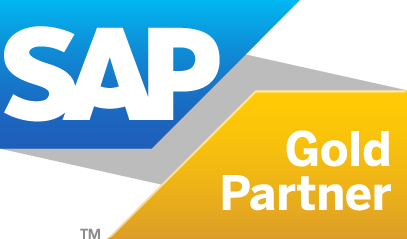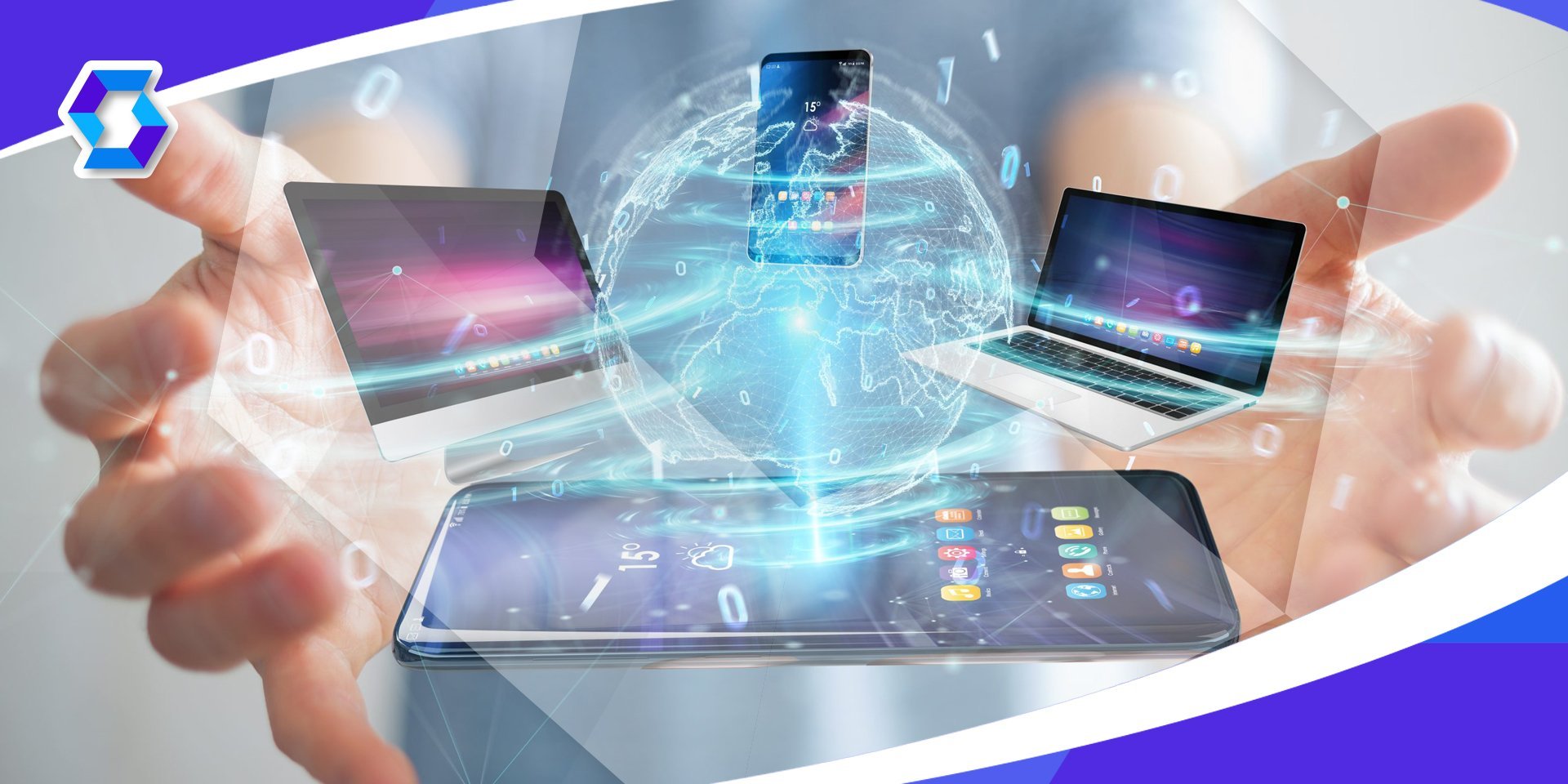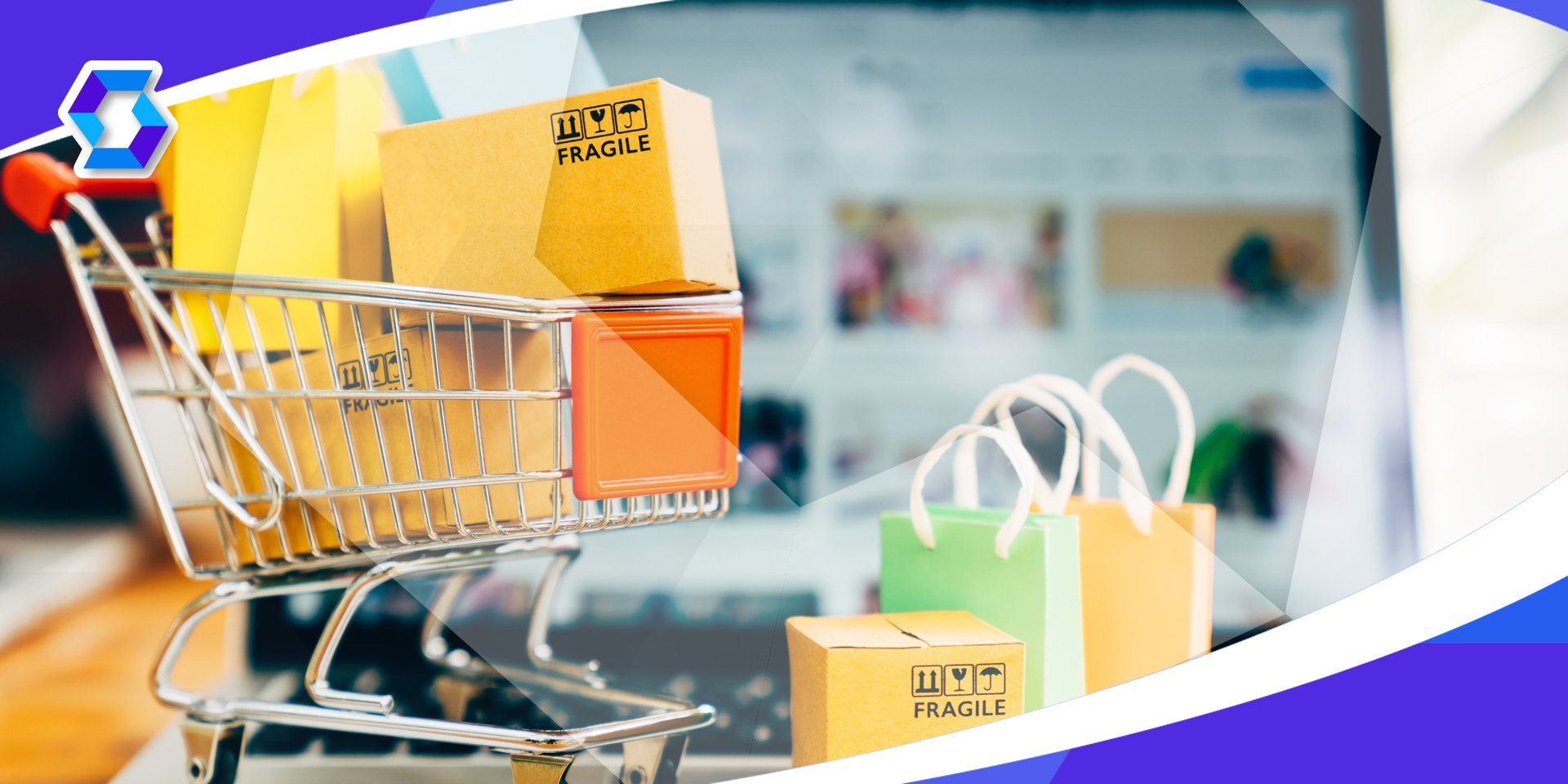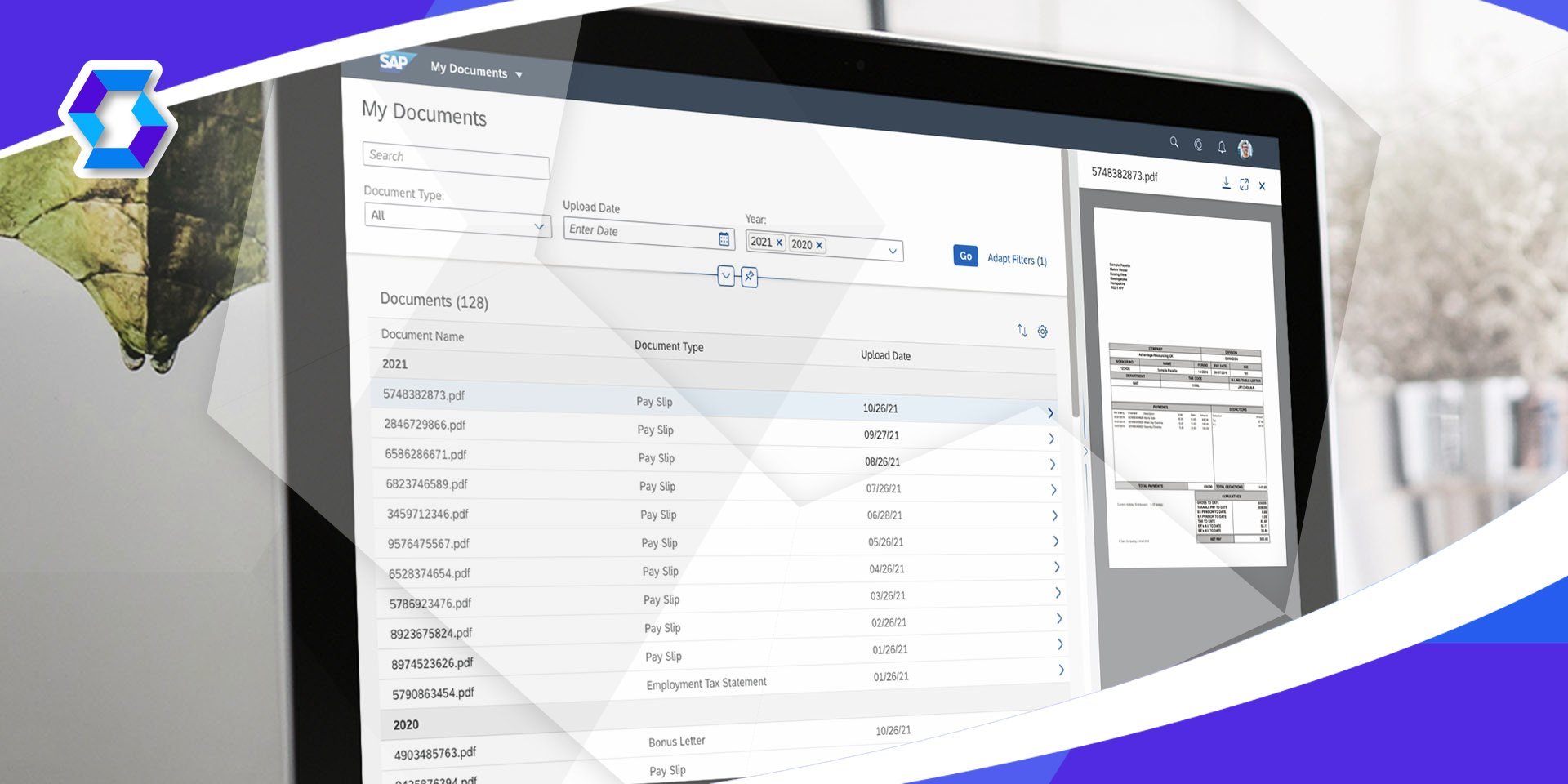SAP Integration with External Systems (Non-SAP)
Companies want to communicate all their systems to digitize their processes. SAP standard interfaces provide opportunities to connect external systems to SAP at this point.
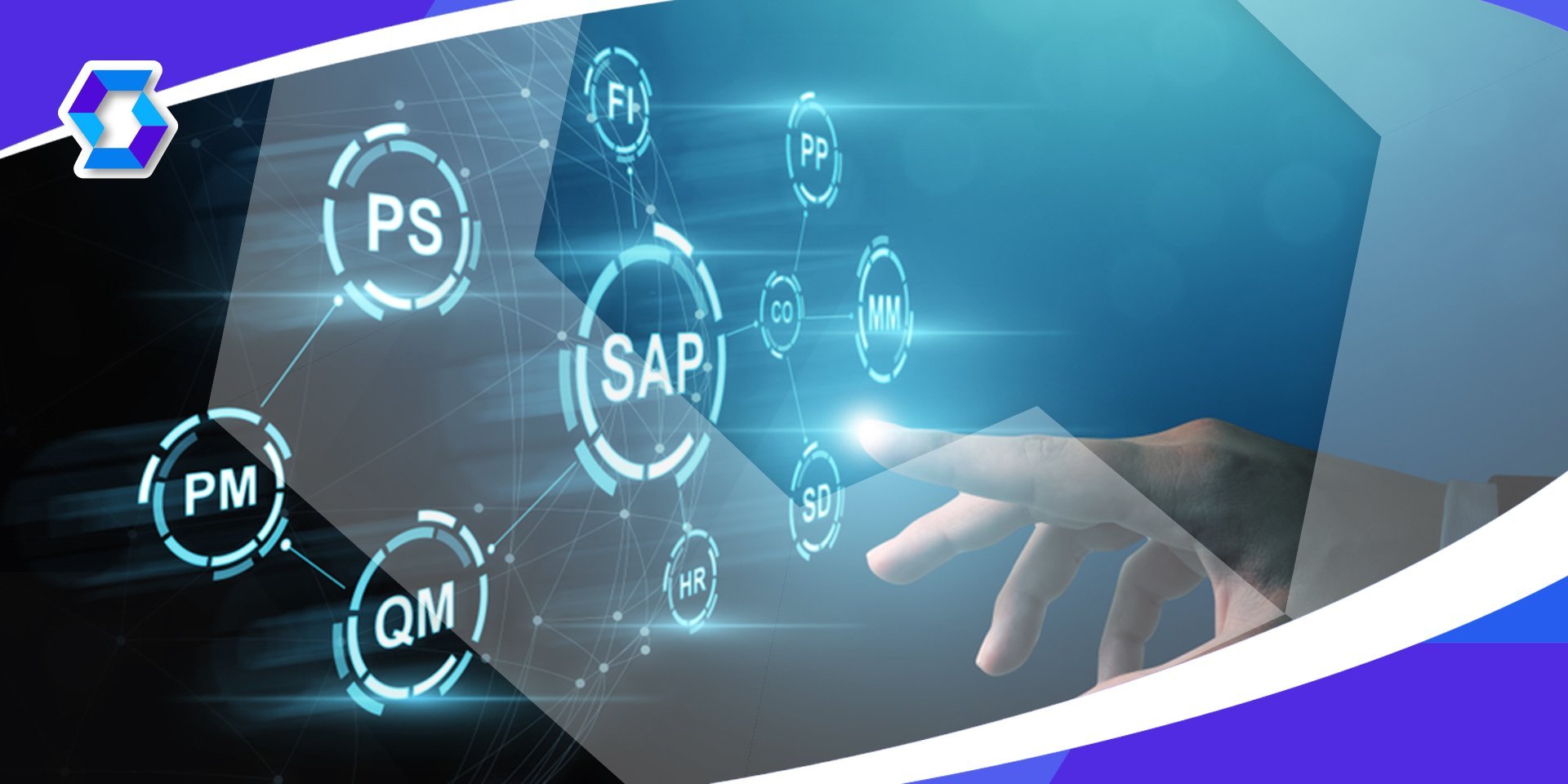
How can external systems be integrated into SAP and what interfaces does the ERP system offer?
Companies want to communicate all their systems to digitize their processes. SAP standard interfaces provide opportunities to connect external systems to SAP at this point. SAP interfaces allow all other software and other solutions to exchange data with the SAP system. Each available interface for data exchange has its advantages and disadvantages.
Here we present important interfaces for integration and describe their basic functions. Although there are many integration methods, the most commonly used methods are;
- RFC (Remote Function Call)
- BAPI (Business Application Programming Interface)
- IDoc (Intermadete Document)
- SOAP (Simple Object Access Protocol)
- REST
- SAP HANA
- OData (SAP Gateway)
1. RFC (Remote Function Call)
Communication between Non-SAP => SAP and SAP => SAP is the most basic way. It is the unique interface of SAP. RFC interfaces are often used to communicate between SAP systems. Simply put, RFC is a remote function call. RFC interfaces for integration have been used since SAP R/3 to date.
In communicating with RFC, there is an RFC client and an RFC server. Here the client calls a function on the server and the function is executed on the remote system. There are 6 different kinds of RFC connection;
-
ABAP Connections: It is the most used connection type for communication between SAP systems. If we are going to use this communication model, we need to enter hostname and communicate service information.
- TCP/IP Connections: TCP/IP, another widely used connection type, allows Non-SAP or SAP systems to communicate with another SAP system.
- HTTP Connections TO External Server: It is used for connection between SAP system and HTTP server. For example, in the SAP system, a connection can be established between Google web servers.
- Internal Connections: Assigned by the SAP system by default and no changes are made. It means that the ABAP system will connect to the same database within the same system. The entry in it belongs to the SAP application server, which you can see with the SM51 T-Code.
- Logical Connections: It is a connection that does not contain user and password information, and that references another connection. User logon information is available in the reference system.
- Connections via ABAP Driver: This specially established connection is used to install ABAP drivers.
The core concept of BAPI(s) is object orientation. BAPI(s) make business objects available in the SAP system for external systems to access.
Technically the method is called on the basis of RFC interfaces.
BAPI(s) are used for creating, reading, updating and deleting (CRUD) standard objects. For example, with the relevant BAPI, an order can be created, order information can be read, materials can be added to the order or deleted.
IDoc (Intermediate Document) is a SAP file format designed for transferring transaction data. The structure of an IDoc is determined by the IDoc type and defines the exact length and location of the fields in the file. IDoc is divided into a header row, any number of data segments and status records. Unlike RFC interfaces, communication over IDoc is not always asynchronous.
The sender creates an IDoc with the data according to the specification of the IDoc type and transfers it to the target system. The receiving system accepts the IDoc and adds it to the processing buffer for the IDocs, from which it ensures that the documents are processed one after the other. IDocs are a very old and proven method of communication and are particularly suitable for transferring master data and records. There are two different IDoc subprocesses;
- EDI (Electronic Data Interchange): SAP is a data transfer process from a system to a non-SAP system.
- ALE (Application Link Enabling): It is the process of transferring data from a SAP system to an SAP system.
SOAP web services are one of the newest technologies for connecting SAP to different systems. Since SAP version 7.0 and the release of SAP NetWeaver, Web services have become the standard for interfaces. In its most basic sense, it is a protocol for transferring small amounts of information or messages over the Internet. SOAP forces XML-based usage. It is not flexible in this regard.
SOAP is a pure web technology and functions are called using the HTTP protocol. RFC Functions can also be made available through the SOAP interface. The client receives detailed information about the functions and their parameters through the WSDL file (Web Service Description Language). The WDSL file can also be retrieved via a defined URL.
REST (Representational State Transfer) is a service structure that enables fast and easy communication between client and server. SAP Gateway has had the functionality to provide ABAP functions and RFC interfaces in the form of a REST API for several years.
REST has some advantages over SOAP, but they are similar in technology as it is also a function call via the HTTP protocol. Compared to SOAP, REST is easier to call from various platforms and its syntax is easy to read. It transfers data in JSON or XML format and saves resources.
| SOAP and REST API Comparison | SOAP | REST |
|---|---|---|
| Providing Security | Easy, fast and powerful | Complex and weak |
| Data Structure | XML | JSON, XML or even TEXT |
| Application Speed | Slow compared to REST | Fast compared to SOAP |
| Support | Developer tools and helpful documentation abound. | According to SOAP, auxiliary documentation is scarce. |
| Working Structure | SOAP services use RPC working method. It stores state information in requests and responses. | It works by using HTTP methods. (GET, POST, PUT, DELETE etc.) |
| REST architecture is very flexible and lightweight compared to SOAP, the amount of data moved is less, and it is easier to integrate. | ||
| With REST, operations can be performed with data of smaller sizes with JSON. If data sizes are important to your application, then using REST is a good fit for you. |
SAP migrated to the HANA platform in 2013 and hence SAP released the in-memory database of the HANA platform. Access to the relational database is comparable to access to other relational database systems, so that an SAP connection became viable as a pure database connection. If the SAP application to be interfaced uses the same database tables and functions in partnership with the Non-SAP system, data exchange can be performed through the HANA database.
Based on REST, Odata enables SAP applications to easily share data in agreement with a wide variety of devices, technologies and platforms. Since it is REST-based, it takes advantage of all the REST advantages described above.
OData is a web protocol used to implement and develop web technologies such as HTTP and RSS (Really Simple Syndication) to query and update data, access information from various applications.
SAP Gateway uses OData for SAP products, which includes SAP-specific metadata that helps the developer use SAP business data.

